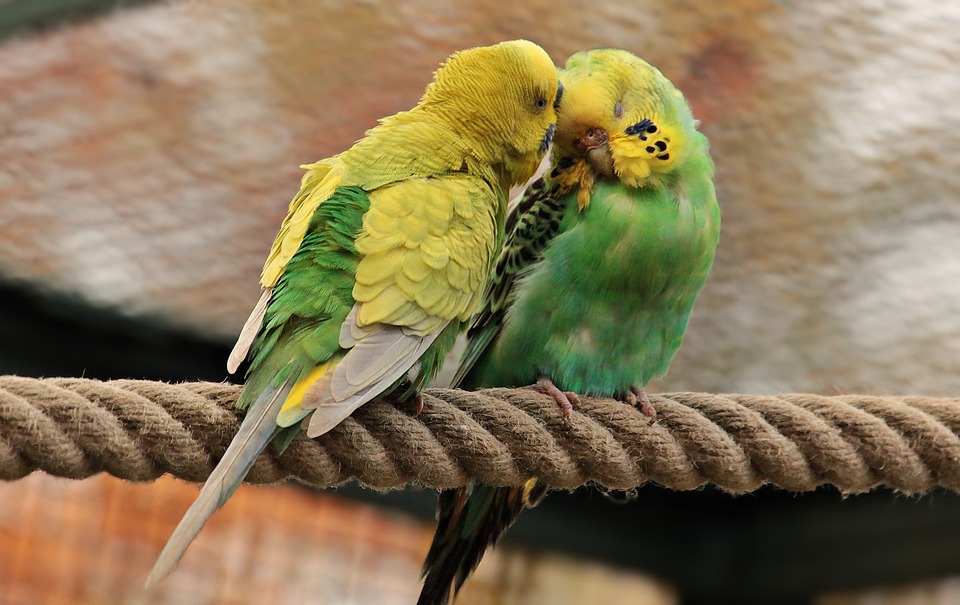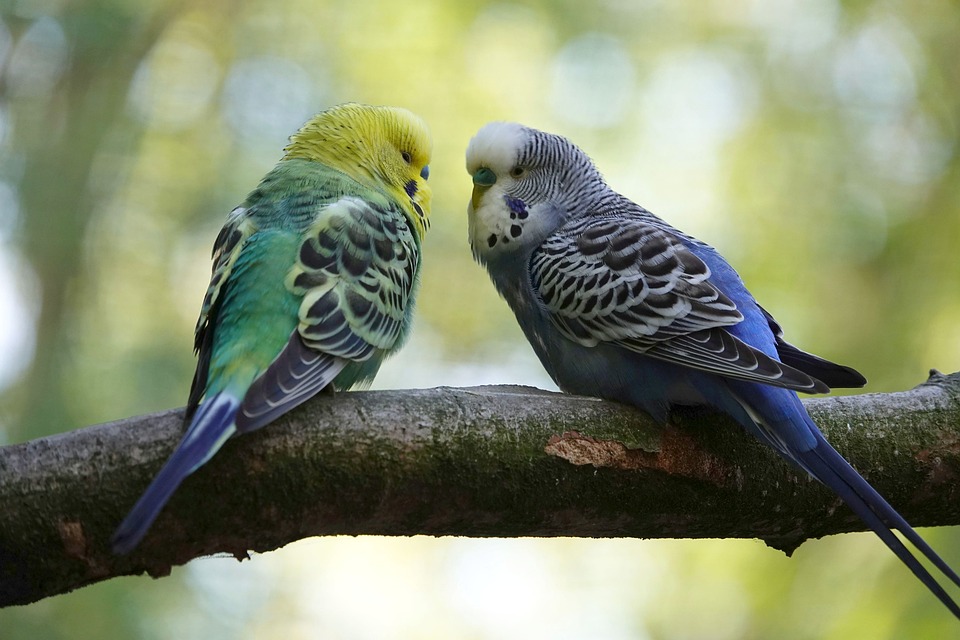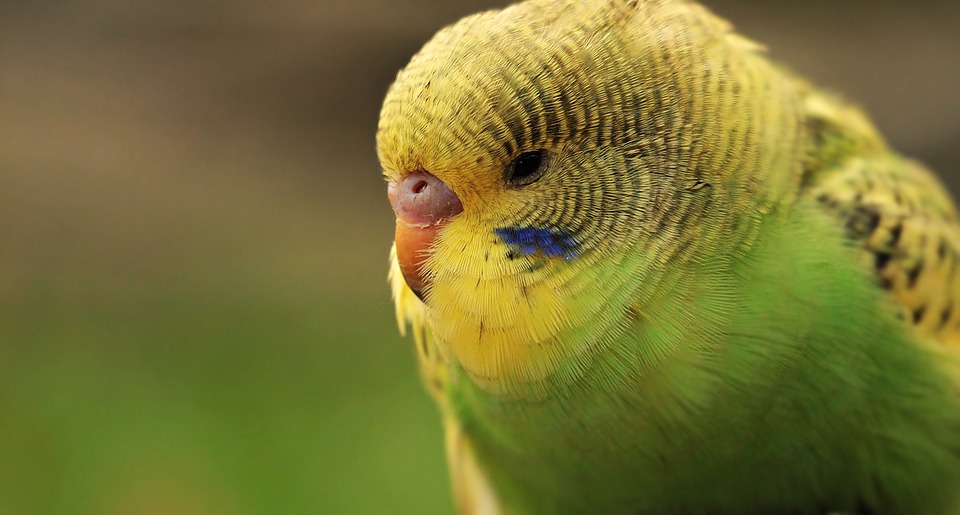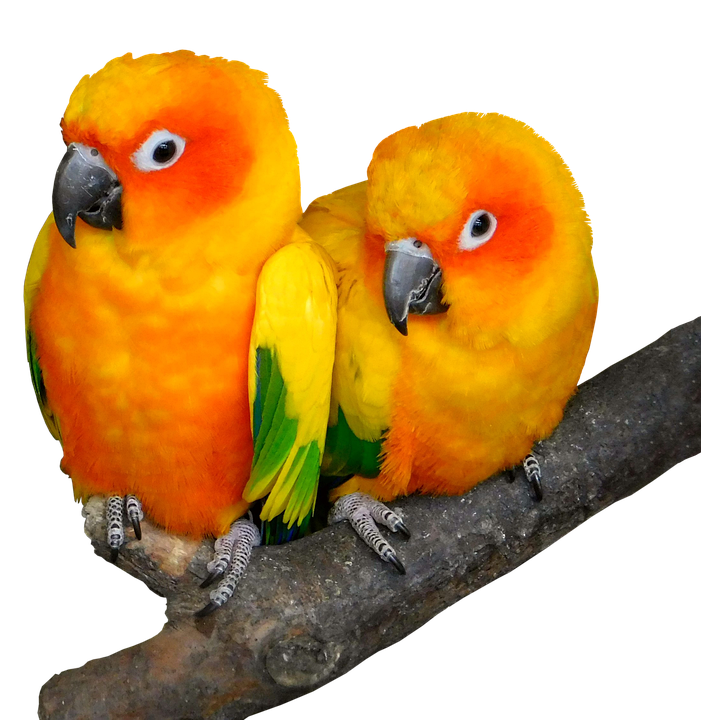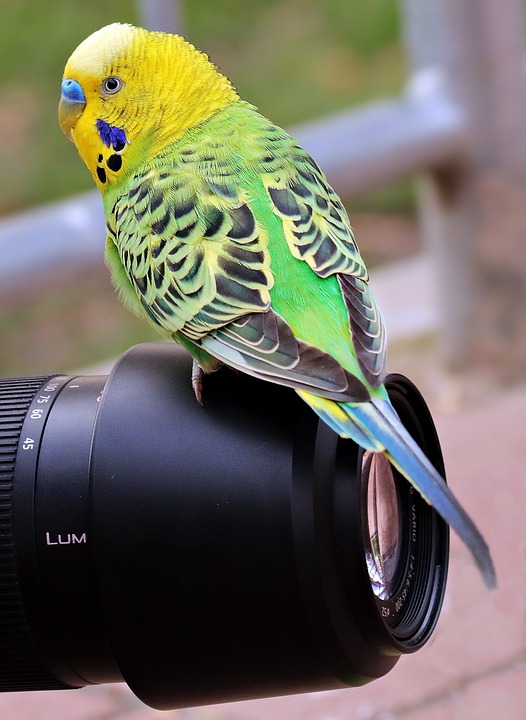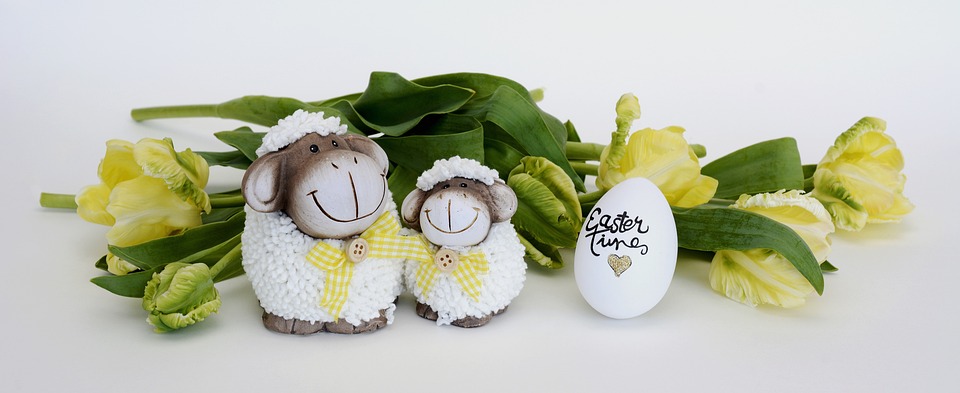Teaching Your Parrot to Fly or Recall on Cue: Unlocking Your Parrot’s Natural Abilities
Introduction
Parrots are known for their ability to fly, but many pet parrots are kept in cages and never get the opportunity to exercise their natural abilities. Teaching your parrot to fly or recall on cue can not only provide them with physical exercise but also stimulate their mental well-being. In this article, we will explore the benefits of teaching your parrot to fly or recall, as well as understand why flying is natural for parrots.
The Benefits of Teaching Your Parrot to Fly or Recall on Cue
Flying is an essential part of a parrot’s natural behavior. It allows them to explore their environment, exercise their muscles, and maintain a healthy weight. Teaching your parrot to fly on cue can provide them with an outlet for their natural instincts and promote a healthier lifestyle. Additionally, recall training can strengthen the bond between you and your parrot, as they learn to trust and rely on you for safety and companionship.
Understanding Parrot Behavior: Why Flying is Natural for Parrots
Parrots are designed for flight. Their wings are adapted for maneuverability and speed, allowing them to navigate through trees and cover long distances. Flying also provides mental stimulation for parrots, as they use their cognitive skills to navigate their surroundings. By teaching your parrot to fly or recall on cue, you are tapping into their innate abilities and fulfilling their natural needs.
Preparing Your Parrot for Flight Training
Before you begin flight training, it is essential to assess your parrot’s physical and mental health. Ensure they are in good physical condition, with no wing or muscle injuries that may hinder their ability to fly. Creating a safe environment for flight training is crucial, removing any potential hazards or obstacles that may pose a risk to your parrot’s well-being. Bonding with your parrot is also essential before starting flight training, as trust and cooperation are vital for their success.
Step-by-Step Guide: Teaching Your Parrot to Fly on Cue
1. Building Basic Flight Skills
Start by strengthening your parrot’s wing muscles through regular exercise. Encourage natural exercise by providing toys that require flapping and climbing. Gradually introduce short distances for your parrot to fly, ensuring they feel confident and comfortable during each flight. Create soft landing spots to promote landing skills and reduce the risk of injuries.
2. Introducing Recall Training
Choose a recall cue, such as a whistle, command, or sound, that your parrot will associate with returning to you. Condition their response to the recall cue by offering positive reinforcement, such as treats or praise, when they return to you. Gradually increase the distance and difficulty levels, ensuring your parrot feels motivated and rewarded for their efforts.
3. Advanced Flight Training Techniques
Once your parrot has mastered the basics, you can introduce target training. Teach them to fly to a specific object by associating it with rewards. Generalize the flight recall behavior by practicing in different environments, ensuring your parrot can fly back to you regardless of the surroundings. Add excitement and variety to their flights by incorporating obstacles and challenges, such as flying through hoops or navigating tunnels.
FAQs: Common Concerns and Questions about Teaching Parrots to Fly or Recall
1. Is it safe for my parrot to fly outdoors?
Flying outdoors can be safe for parrots, but it requires careful supervision and consideration of potential risks. Ensure your parrot is trained to return to you reliably and provide a secure outdoor environment, such as an aviary or harness.
2. How can I prevent my parrot from flying away and getting lost?
Proper recall training and supervision are essential to prevent your parrot from flying away. Use positive reinforcement and create a strong bond with your parrot to ensure they choose to return to you instead of exploring on their own.
3. Can any parrot learn to fly or recall on cue?
Most parrots can learn to fly or recall on cue with patience, consistency, and positive reinforcement. However, some individual parrots may have physical or behavioral limitations that may affect their ability to learn these skills.
4. What if my parrot refuses to fly or return to me?
If your parrot refuses to fly or return to you, it is crucial to assess their physical and mental well-being. Consult with a avian veterinarian or an experienced parrot trainer to identify any underlying issues and develop a tailored training plan.
5. How long does it take to train a parrot to fly or recall reliably?
The time it takes to train a parrot to fly or recall reliably can vary depending on the individual bird and their previous training experiences. It is essential to be patient, consistent, and adapt the training methods to suit your parrot’s learning pace.
Conclusion
Teaching your parrot to fly or recall on cue is a rewarding experience that allows you to unlock their natural abilities and provide them with mental and physical exercise. By understanding parrot behavior and following a step-by-step training guide, you can create a safe and enriching environment for your parrot to soar. Embrace the joy of watching your parrot explore their natural instincts and continue nurturing their flight skills through consistency and positive reinforcement.


